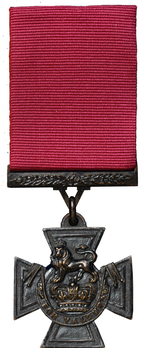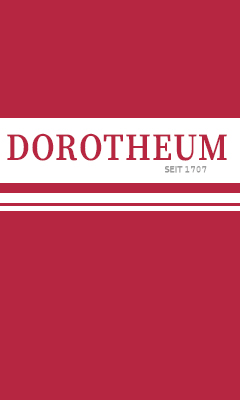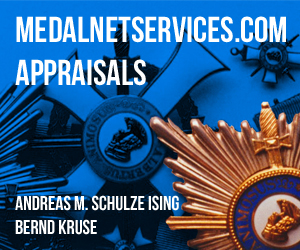Victoria Cross
SKU: 02.GBR.0101.101.01
Estimated market value:

Estimated market value:
Attributes
History
The Victoria Cross was established by Royal Warrant in 1856 during the Crimean War. It was created following the institution of the Crimea Medal two years earlier after it became apparent that an additional decoration was needed to reward acts of valour in combat. It has remained the pre-eminent decoration of the United Kingdom ever since and is only conferred for the most exceptional acts of valour in the face of the enemy.
The Cross was originally awarded to Officers and enlisted men of the British Army and the Royal Navy in recognition of acts of valour in combat. In was first extended to colonial troops in 1867 and then to auxiliary and reserve forces in 1881. In 1911, native troops of the Indian Army became eligible for the Cross, and in 1920, members of nursing and hospital services were also made eligible. Beginning in 1920, posthumous awards of the Cross were officially authorized by Royal Warrant, although posthumous awards had previously been made.
The Cross was awarded to members of the Armed Forces of Commonwealth nations, most notably during the First World War. By the end of the Second World War, these nations had established their own decorations for gallantry and no longer participated in the British Honour system.
A total of 1358 Crosses have been awarded to 1355 recipients, with the clasp only being awarded to 3 recipients. The clasp features an engraving of the recipient's details and date of the recognized action on the reverse.
Notably, it was originally believed that the crosses were manufactured of gunmetal from Russian canons captured during the Crimean War. New reports have debunked this claim, asserting that the remaining canon metal is in fact of Chinese manufacture, and of unknown origin. It only began to be used in 1914 when the original cannon metal was exhausted. The remaining metal is housed in the Royal Arsenal at Woolwich and is reportedly enough for an additional 85 crosses.
Victoria Crosses issued to Army personnel are worn with a crimson ribbon while Crosses issued to Navy personnel were worn with a blue ribbon until 1918, since then all awards are worn on a crimson ribbon. When worn as a ribbon on the tunic, since 1916 a miniature cross is worn on the ribbon. Award of a bar is denoted by a second cross on the ribbon.

Versions
$150000-250000+ USD
Bronze
Obv: FOR VALOUR Rev: [RECIPEINT DETAILS]
36x41mm
Hancocks & Co., London
The reverse of the suspension bar is engraved with the recipient’s details, and the date of the recognized action is engraved on the reve...


Comments
Sign in to comment and reply.




Scroll Top